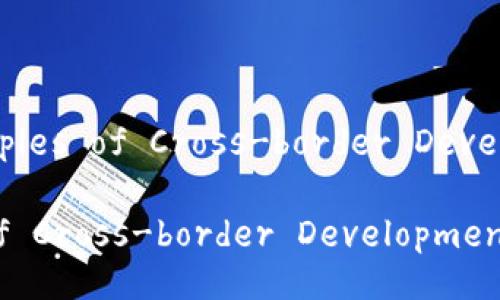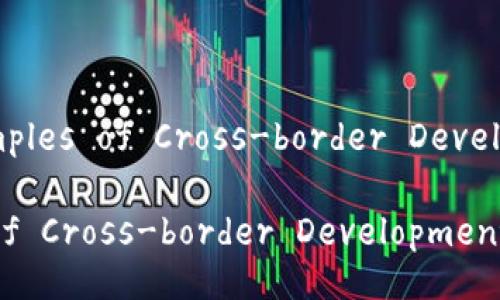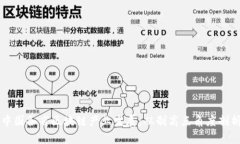What is cross-border development in blockchain?
Cross-border development in blockchain refers to the expanding use and implementation of blockchain technology across borders, allowing for greater efficiency, transparency, and security in global transactions and interactions. It involves the collaboration of multiple stakeholders, including governments, financial institutions, and businesses.
What are some examples of cross-border development in blockchain?

One example is the use of blockchain technology in international remittances. Companies such as Ripple and UAE Exchange have developed blockchain-based payment platforms that enable faster and cheaper cross-border transactions, reducing the need for intermediaries and decreasing transaction costs for consumers and businesses.
Another example is the blockchain-based trade finance platform developed by Hong Kong-based startup, OneConnect. The platform streamlines the financing process for international trade transactions, reducing the time and costs associated with traditional methods.
What are the benefits of cross-border development in blockchain?
Cross-border development in blockchain can improve the efficiency, security, and transparency of global transactions. It eliminates the need for intermediaries, reduces costs, and enables faster transactions with greater transparency. It also has the potential to improve financial inclusion by allowing previously underserved populations to participate in global financial systems.
What are the challenges of cross-border development in blockchain?

One challenge is regulatory uncertainty. Different countries have different regulations regarding blockchain and its applications, making it difficult to develop global solutions that comply with all relevant laws. Additionally, blockchain technology is still relatively new and its scalability and security is still being tested.
Another challenge is the lack of standardization. There are currently no universally agreed-upon standards for blockchain technology, making it difficult to develop interoperable solutions that can work across multiple platforms.
What is the outlook for cross-border development in blockchain?
Despite the challenges, the outlook for cross-border development in blockchain is generally positive. More and more companies and governments are investing in blockchain technology and exploring its potential applications. With continued collaboration and innovation, it is likely that blockchain will play an increasingly important role in global transactions and interactions.
What are some potential future developments in cross-border blockchain?
Future developments could include the integration of blockchain technology with other emerging technologies, such as artificial intelligence and the Internet of Things. There could also be increased collaboration between governments and businesses to develop international standards and regulations for blockchain technology. Additionally, there could be greater use of blockchain for identity verification and digital identity management.
 One example is the use of blockchain technology in international remittances. Companies such as Ripple and UAE Exchange have developed blockchain-based payment platforms that enable faster and cheaper cross-border transactions, reducing the need for intermediaries and decreasing transaction costs for consumers and businesses.
Another example is the blockchain-based trade finance platform developed by Hong Kong-based startup, OneConnect. The platform streamlines the financing process for international trade transactions, reducing the time and costs associated with traditional methods.
One example is the use of blockchain technology in international remittances. Companies such as Ripple and UAE Exchange have developed blockchain-based payment platforms that enable faster and cheaper cross-border transactions, reducing the need for intermediaries and decreasing transaction costs for consumers and businesses.
Another example is the blockchain-based trade finance platform developed by Hong Kong-based startup, OneConnect. The platform streamlines the financing process for international trade transactions, reducing the time and costs associated with traditional methods.
 One challenge is regulatory uncertainty. Different countries have different regulations regarding blockchain and its applications, making it difficult to develop global solutions that comply with all relevant laws. Additionally, blockchain technology is still relatively new and its scalability and security is still being tested.
Another challenge is the lack of standardization. There are currently no universally agreed-upon standards for blockchain technology, making it difficult to develop interoperable solutions that can work across multiple platforms.
One challenge is regulatory uncertainty. Different countries have different regulations regarding blockchain and its applications, making it difficult to develop global solutions that comply with all relevant laws. Additionally, blockchain technology is still relatively new and its scalability and security is still being tested.
Another challenge is the lack of standardization. There are currently no universally agreed-upon standards for blockchain technology, making it difficult to develop interoperable solutions that can work across multiple platforms.



